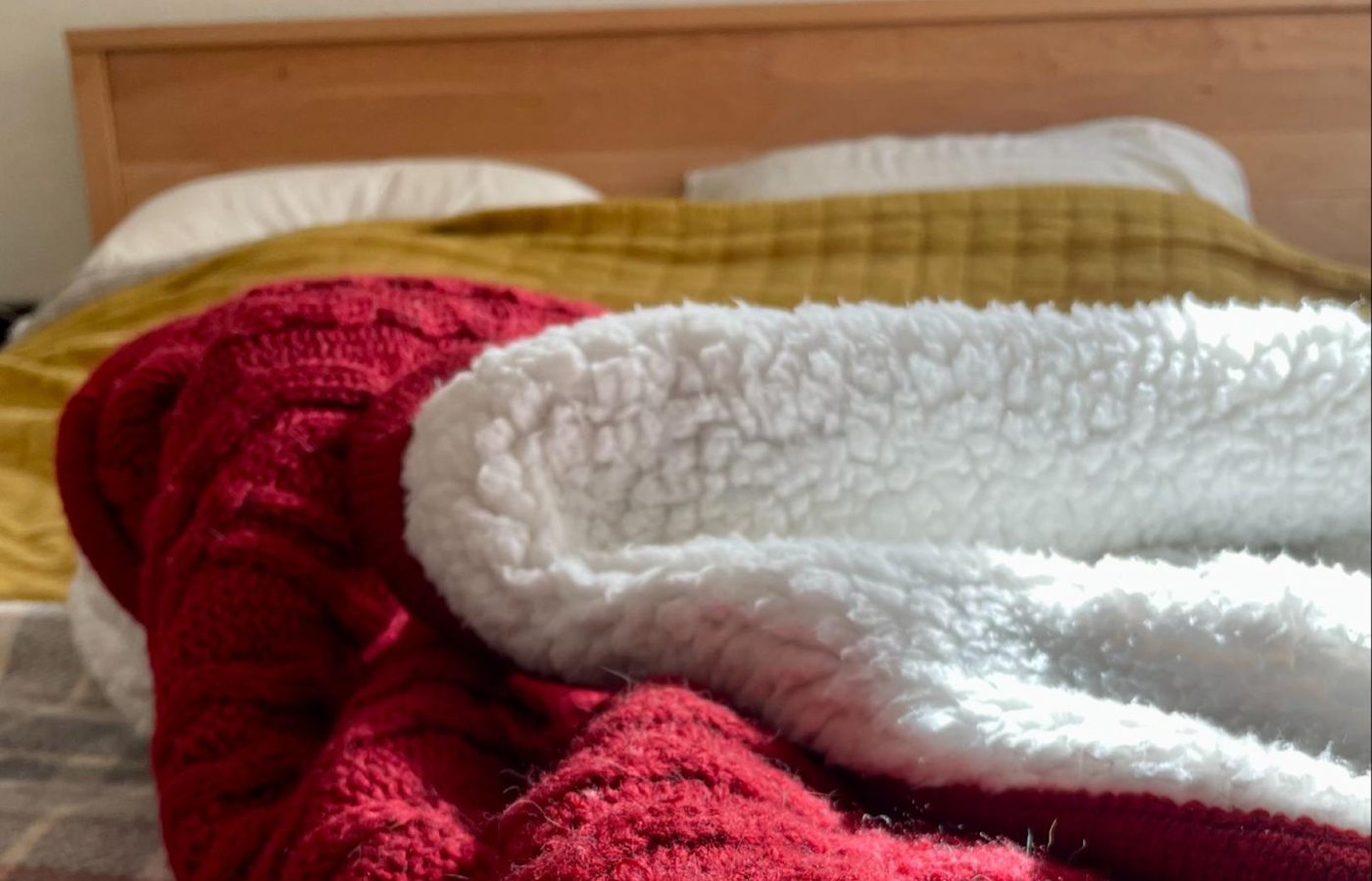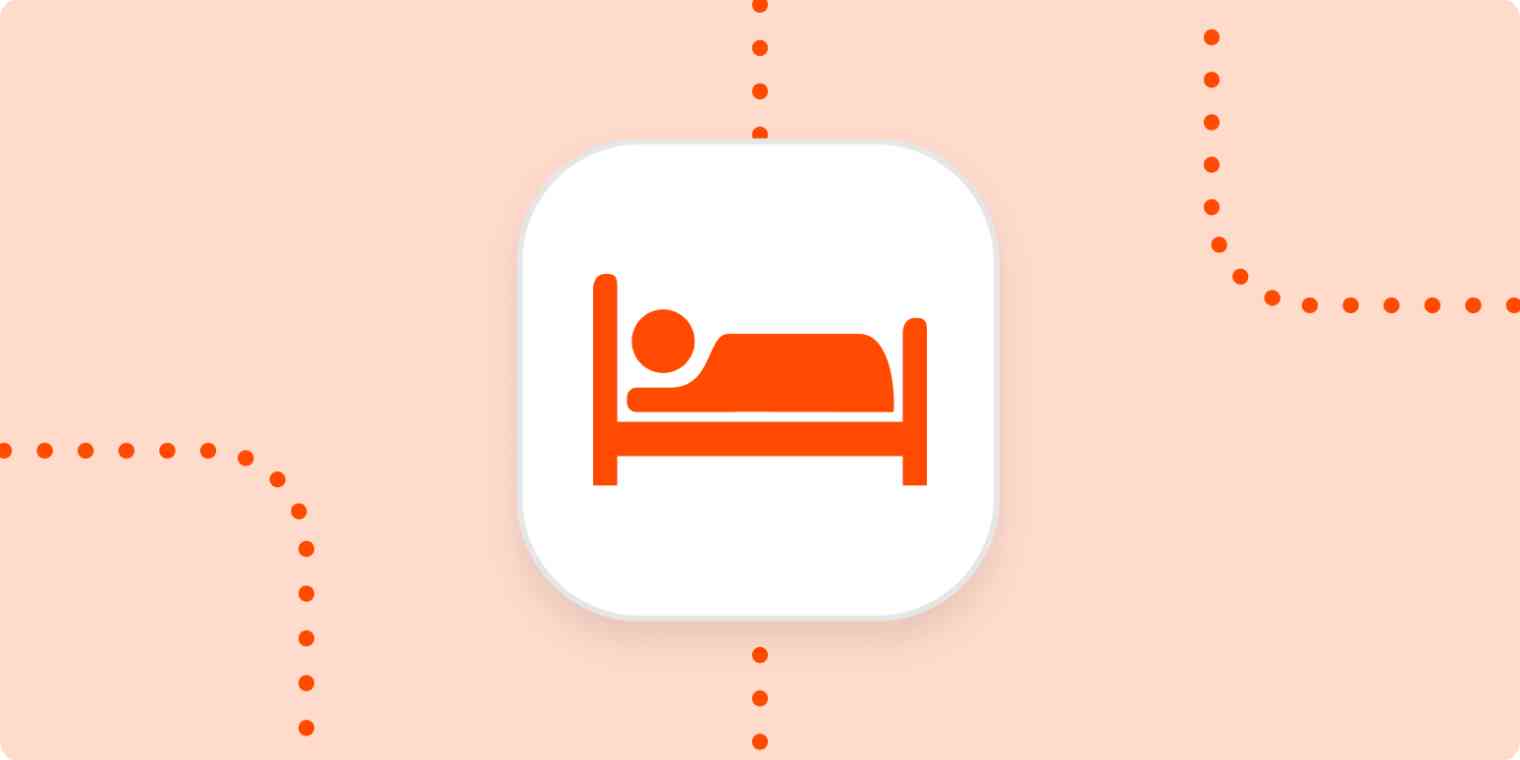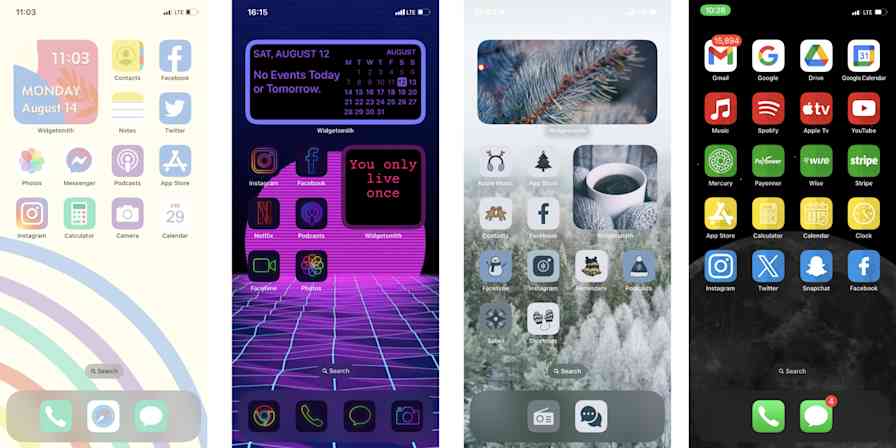One day recently, I was so tired from being up until 2 a.m. with my insomniac child that my brain simply wouldn't work. I sat down to write a 2,500-word whitepaper about construction management software that was due by the end of the day and just stared at the screen for a good half-hour, my mind a stalled mass of static.
Finally, I gave up trying and headed to my bedroom. I silenced my phone, set the timer for 20 minutes, dove into my warmest blanket, put a scarf over my eyes, and then lay as still as I possibly could until my timer went off.

I don't know if I actually slept—or slept-slept, if you know what I mean—but I definitely wasn't on this plane of consciousness. And after 20 minutes of hovering just below waking and five minutes of shaking off the grogginess, my brain snapped back to work.
I returned to my office and before long was off and running: several hours later, my client was the proud owner of a brand new whitepaper.
Naps as self-care
As a working person with a job you need to do—hopefully well—it's vital to know what you need to be able to do your best work. As a self-employed person, my most important tools include my computer, my phone, a couple particular spreadsheets, Microsoft Office, various apps and SaaS products, my Moleskine weekly planner… and naps.
Naps are a key part of my arsenal of tools that enable my success. That's not to say that I take a nap every day, or even all that often. But there are times when a nap is the only tool that will help me get it all done.
There's lots of research out there about sleep and productivity, and even specifically about naps and productivity. But in my mind, naps are a really personal thing. Why? Because naps are about more than just productivity. They're about showing up for work as the full, human person you are.
Sure, a nap helps me push through a tired afternoon when I'd otherwise be sunk, as it did when I had to finish my whitepaper. But it's also an act of self-care—a way of giving myself a moment of repose when I'm feeling overwhelmed by work. It amounts to hitting the pause button on the frenetic activity of a day, so I can feel better tackling what I have left to do.
And when I feel better, I do things better.
Keep it short
An effective nap doesn't have to be long—or even involve real sleep. Even the 15-minute "cat nap" can be very helpful in getting your brain unstuck or just bringing you a little refreshment.
In fact, a short nap is usually better than a long one in terms of helping you finish out a workday strong. That's because you may not really sleep during a short nap; instead, you'll enter a very deep state of rest and stillness in which you're just hovering on the edge of consciousness.
This is typically enough to get me up and going again, and I find that a restful state of non-sleep can actually be better, as I'm able to wake up faster and get back to work more easily. A longer nap, especially an hour or longer, can make me feel sleepy and out-of-it for the rest of the day, which is, of course, the opposite of the point.
An ideal nap is enabling and clarifying, a tool for energizing and streamlining the rest of your workday. That kind of nap is typically 30 minutes or less.
P.S. Set your alarm!
Don't overthink it
Other than keeping it short, the most important part of workday napping is not fussing over it, planning for it, or prepping for it. The most planning I do for a nap is to think, at some point in the morning, "I'm gonna need a nap later!" Then, when my brain stops working, I do it. Or if I sail through my workday with flying colors after all, I don't do it. The more you anticipate it, the more it will distract you from being productive while you can.
So I don't recommend scheduling your nap. But there are two things you can do to be sure your naps aren't counterproductive:
Figure out your chronotype, and don't nap during times of high productivity. This should come naturally, but it's good to keep it in mind.
Get familiar with your personal limits for when your nap should be over so you can get to sleep at night. I personally need to get up from a nap by 2 p.m. at the latest or else bedtime is shot.
How to set up for a helpful nap
As for where and how to nap, there's no particular place you need to nap. The goal is to get into a cozy, sleepy state of mind quickly, so your bed is likely the most effective location, but the type of nap I'm advocating here can actually be done in a wide variety of places.
While some people recommend against sleeping where you work or working where you sleep—and that may well be good advice for a full night of shut-eye—I say that a short power nap is beneficial no matter where you do it. Since the goal is deep rest as opposed to proper sleep, you could take this kind of nap on a sofa in your office, on the grass in a sunny park nearby, or even on the floor behind your desk if you have a lockable door.
If you don't work from home, there may even be common spaces in your office building that make for good naps. One office I worked in had a pumping room for nursing mothers, and the futon in there was up for grabs when no mothers were using the room. I availed myself of that little hideaway on more than one occasion. Some companies have even set up nap pods or quiet rest rooms specifically to let their employees have a little midday recharge.
Wherever you are, make yourself warm—this is the moment to snuggle with that favorite blanket you usually keep on the sofa. Since it's daytime when you're napping, cover your eyes with something or draw your blackout curtains to create a restful feeling. And don't forget to turn off the sounds on your phone. (Your alarm will still work when notifications are off!)
Whether your nap takes place in your bed under a favorite blanket or on your office floor using a rolled-up sweatshirt as a pillow, your brain will thank you for it.





